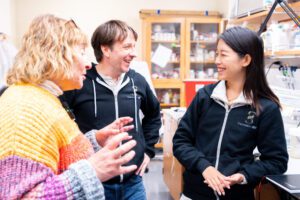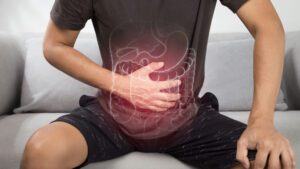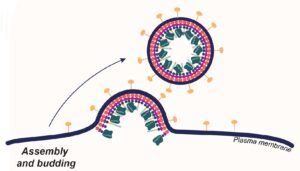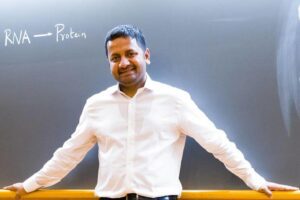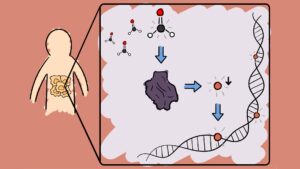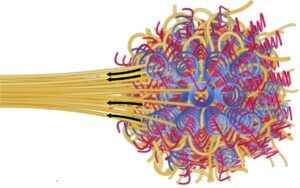
Molecular weaving makes polymer composites stronger without compromising function
March 21, 2024
At its most basic, chemistry is a lot like working with building blocks – but the materials are atoms and molecules. COFs – or covalent organic frameworks, a new class of porous crystals – are a great example of a material that behaves like a molecular Lego set, where individual building blocks are connected through…

